
Laravel is a popular web application development framework based on the PHP language. It has many excellent features that allow programmers to quickly build high-quality web applications. This includes the use of middleware to implement important functions such as authentication and permission control. In this article, we will explore how to implement role-based dynamic permission switching in Laravel, while providing specific code examples.
What is role-based dynamic permission switching?
Role-based dynamic permission switching is a common permission control mode. In this model, user roles in the system represent a set of operation permissions. After logging in, users will be assigned corresponding permissions based on their roles. During the user's use of the system, the system administrator can change the user's role in the background, thereby changing the user's operating permissions.
Implementing role-based dynamic permission switching in Laravel
Laravel provides many excellent functions to implement role-based dynamic permission switching. Below, we will implement a simple example step by step. Through this example, you can better understand how to implement role-based dynamic permission switching in Laravel.
Step 1: Create database and user table
First, let us create a database and a user table. User table includes ID, username, email, password, role ID, creation time and update time.
Step 2: Define the user model
Next, we need to define the corresponding user model. In Laravel, you can use the Artisan command to create a model:
php artisan make:model User
Then, we can define a belongsTo() method that associates the role model in the generated User model. The code example is as follows:
class User extends Model
{
public function role()
{
return $this->belongsTo('AppRole');
}
}Step 3: Create a role table and role model
Create a role table and a role model. The role table includes two fields: ID and role name.
Step 4: Define the relationship between role models
In the role model, we can define the permissions this role has. You can use the belongsToMany() method, which can establish a many-to-many relationship between roles and permissions. The code example is as follows:
class Role extends Model
{
public function permissions()
{
return $this->belongsToMany('AppPermission', 'permission_role');
}
}Step 5: Create a permission table and permission model
Create a permission table and a permission model. The permission table includes two fields: ID and permission name.
Step 6: Define the relationship between permission models
In the permission model, we can define the relationship between roles and permissions. You can use the belongsToMany() method, which can establish a many-to-many relationship between roles and permissions. The sample code is as follows:
class Permission extends Model
{
public function roles()
{
return $this->belongsToMany('AppRole', 'permission_role');
}
}Step 7: Define middleware
In Laravel, middleware is used to handle requests and responses, including authentication and authorization. We can define a middleware to check if the user has permission to perform the requested operation. The code example is as follows:
namespace AppHttpMiddleware;
use Closure;
use IlluminateSupportFacadesAuth;
class CheckPermission
{
public function handle($request, Closure $next,$permissions)
{
$sessionUser = Auth::user();
foreach($sessionUser->role()->get() as $role)
{
$role_permissions = $role->permissions()->pluck('name')->toArray();
foreach($permissions as $perm)
{
if (in_array($perm, $role_permissions)) {
return $next($request);
}
}
}
return redirect('/login');
}
}In the above code, we first retrieve the user information from the session, and return the permissions of the corresponding role through the user's role. The $permissions variable contains the permissions that need to be controlled. If the user has permission, execution continues. Otherwise, redirect to the login page.
Step 8: Use middleware
We can define the use of middleware CheckPermission in routing to restrict users from using certain routes. The code example is as follows:
Route::get('admin/dashboard',['middleware'=>['permission'],'uses'=>'AdminController@dashboard']);In the controller, we can check if the user has permission to use this route as follows:
class AdminController extends Controller
{
public function dashboard()
{
$this->middleware('check-permission:user-list');
return view('admin.index');
}
}After accessing the route in the browser, get it in the session The current user's roles and permissions. If the user has permission, execution continues.
Conclusion
In this article, we discussed how to implement role-based dynamic permission switching in Laravel. Implementing permission control through middleware is a very common way. When implementing, please ensure that your system has a complete role management system and that there is a many-to-many relationship between roles and permissions. Only in this way can very powerful authentication and authorization functions be implemented in Laravel.
The above is the detailed content of How to implement role-based dynamic permission switching in Laravel. For more information, please follow other related articles on the PHP Chinese website!
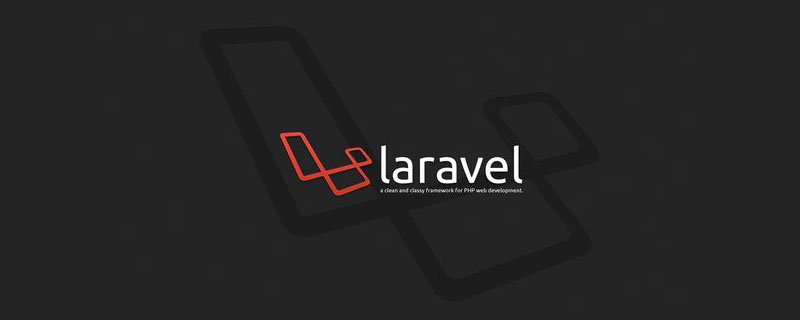 laravel单点登录方法详解Jun 15, 2022 am 11:45 AM
laravel单点登录方法详解Jun 15, 2022 am 11:45 AM本篇文章给大家带来了关于laravel的相关知识,其中主要介绍了关于单点登录的相关问题,单点登录是指在多个应用系统中,用户只需要登录一次就可以访问所有相互信任的应用系统,下面一起来看一下,希望对大家有帮助。
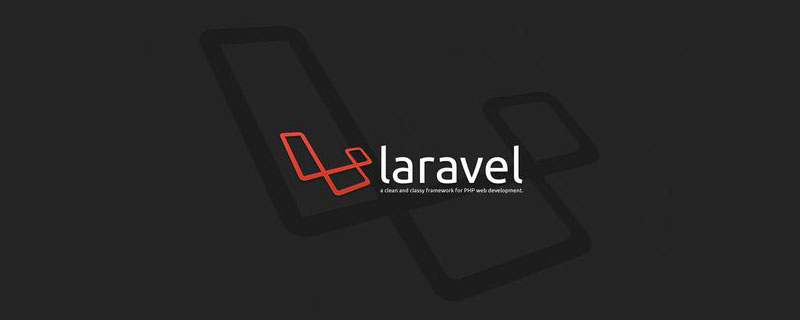 一起来聊聊Laravel的生命周期Apr 25, 2022 pm 12:04 PM
一起来聊聊Laravel的生命周期Apr 25, 2022 pm 12:04 PM本篇文章给大家带来了关于laravel的相关知识,其中主要介绍了关于Laravel的生命周期相关问题,Laravel 的生命周期从public\index.php开始,从public\index.php结束,希望对大家有帮助。
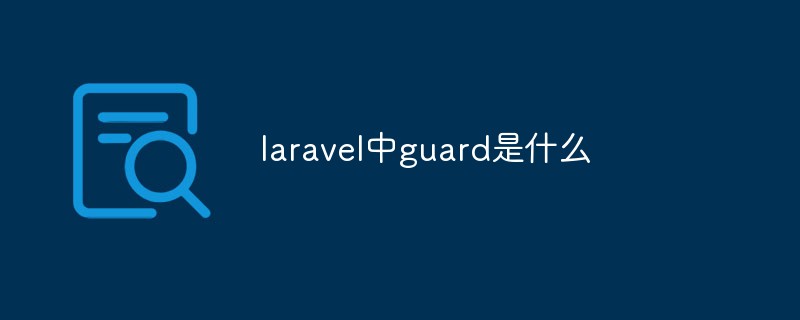 laravel中guard是什么Jun 02, 2022 pm 05:54 PM
laravel中guard是什么Jun 02, 2022 pm 05:54 PM在laravel中,guard是一个用于用户认证的插件;guard的作用就是处理认证判断每一个请求,从数据库中读取数据和用户输入的对比,调用是否登录过或者允许通过的,并且Guard能非常灵活的构建一套自己的认证体系。
 laravel中asset()方法怎么用Jun 02, 2022 pm 04:55 PM
laravel中asset()方法怎么用Jun 02, 2022 pm 04:55 PMlaravel中asset()方法的用法:1、用于引入静态文件,语法为“src="{{asset(‘需要引入的文件路径’)}}"”;2、用于给当前请求的scheme前端资源生成一个url,语法为“$url = asset('前端资源')”。
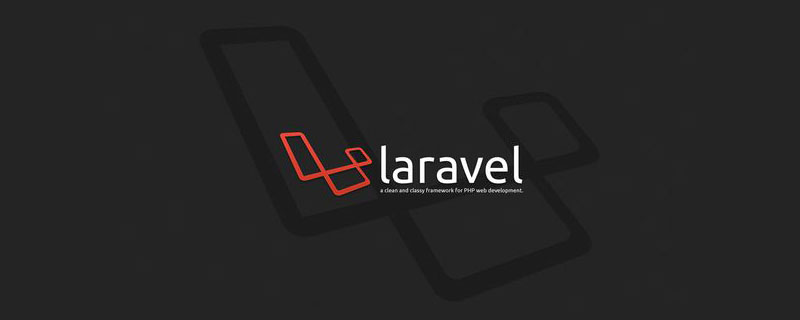 实例详解laravel使用中间件记录用户请求日志Apr 26, 2022 am 11:53 AM
实例详解laravel使用中间件记录用户请求日志Apr 26, 2022 am 11:53 AM本篇文章给大家带来了关于laravel的相关知识,其中主要介绍了关于使用中间件记录用户请求日志的相关问题,包括了创建中间件、注册中间件、记录用户访问等等内容,下面一起来看一下,希望对大家有帮助。
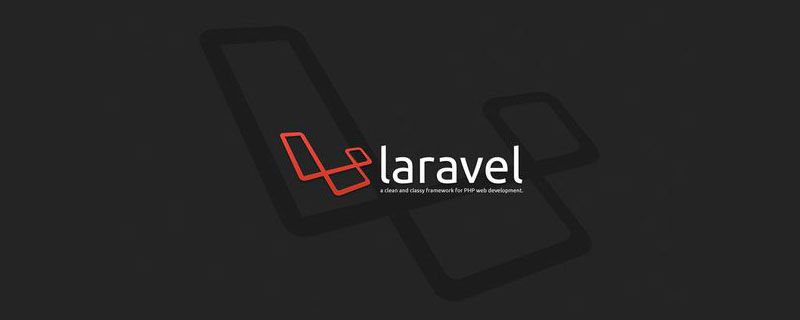 laravel中间件基础详解May 18, 2022 am 11:46 AM
laravel中间件基础详解May 18, 2022 am 11:46 AM本篇文章给大家带来了关于laravel的相关知识,其中主要介绍了关于中间件的相关问题,包括了什么是中间件、自定义中间件等等,中间件为过滤进入应用的 HTTP 请求提供了一套便利的机制,下面一起来看一下,希望对大家有帮助。
 laravel的fill方法怎么用Jun 06, 2022 pm 03:33 PM
laravel的fill方法怎么用Jun 06, 2022 pm 03:33 PM在laravel中,fill方法是一个给Eloquent实例赋值属性的方法,该方法可以理解为用于过滤前端传输过来的与模型中对应的多余字段;当调用该方法时,会先去检测当前Model的状态,根据fillable数组的设置,Model会处于不同的状态。
 laravel路由文件在哪个目录里Apr 28, 2022 pm 01:07 PM
laravel路由文件在哪个目录里Apr 28, 2022 pm 01:07 PMlaravel路由文件在“routes”目录里。Laravel中所有的路由文件定义在routes目录下,它里面的内容会自动被框架加载;该目录下默认有四个路由文件用于给不同的入口使用:web.php、api.php、console.php等。


Hot AI Tools

Undresser.AI Undress
AI-powered app for creating realistic nude photos

AI Clothes Remover
Online AI tool for removing clothes from photos.

Undress AI Tool
Undress images for free

Clothoff.io
AI clothes remover

AI Hentai Generator
Generate AI Hentai for free.

Hot Article

Hot Tools

SAP NetWeaver Server Adapter for Eclipse
Integrate Eclipse with SAP NetWeaver application server.

SublimeText3 Linux new version
SublimeText3 Linux latest version

MinGW - Minimalist GNU for Windows
This project is in the process of being migrated to osdn.net/projects/mingw, you can continue to follow us there. MinGW: A native Windows port of the GNU Compiler Collection (GCC), freely distributable import libraries and header files for building native Windows applications; includes extensions to the MSVC runtime to support C99 functionality. All MinGW software can run on 64-bit Windows platforms.

WebStorm Mac version
Useful JavaScript development tools

VSCode Windows 64-bit Download
A free and powerful IDE editor launched by Microsoft






